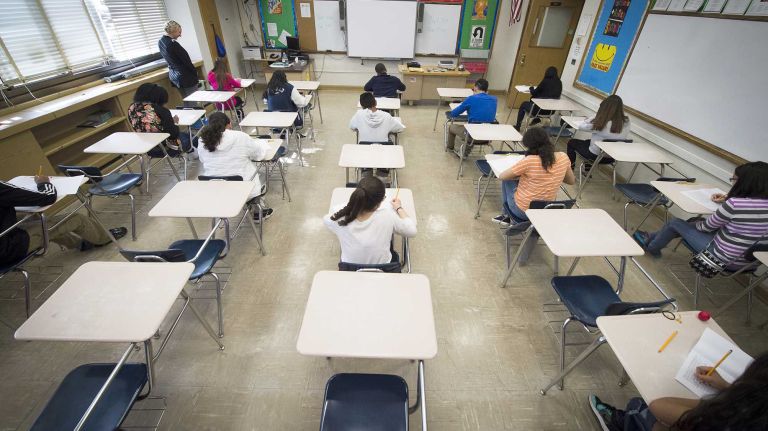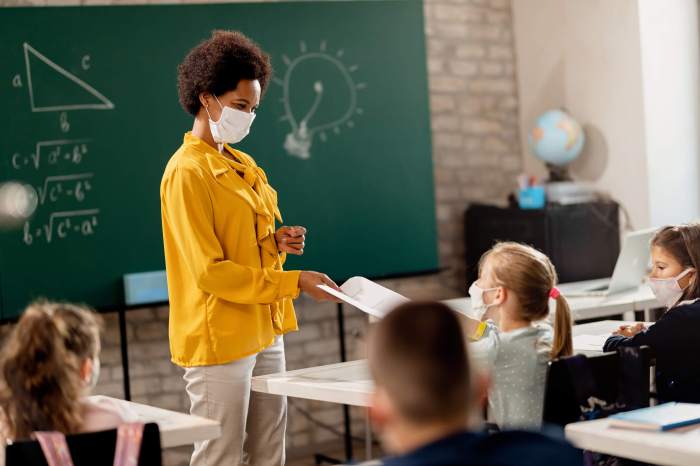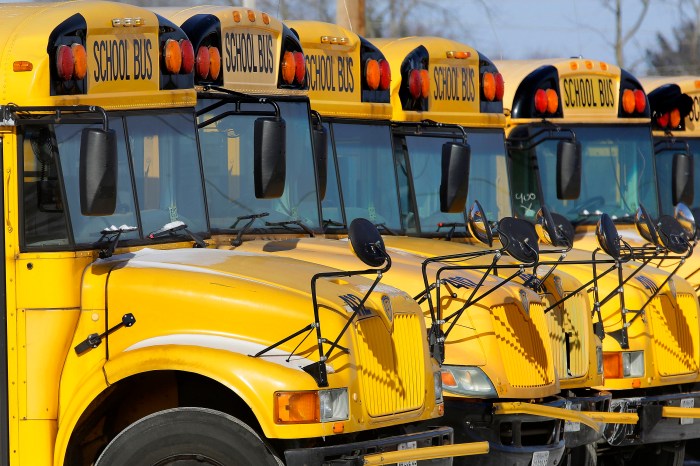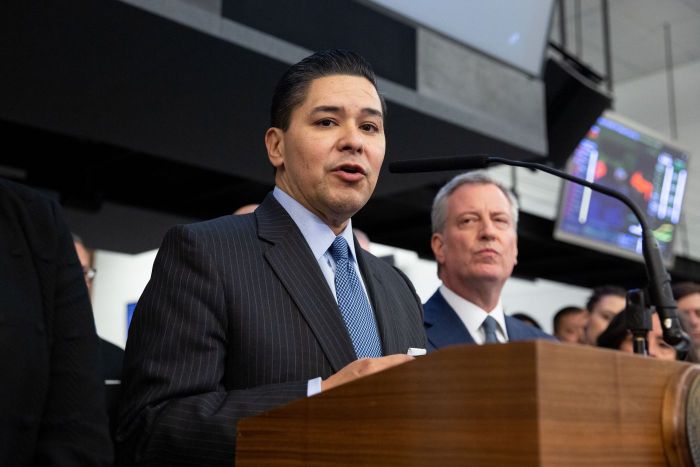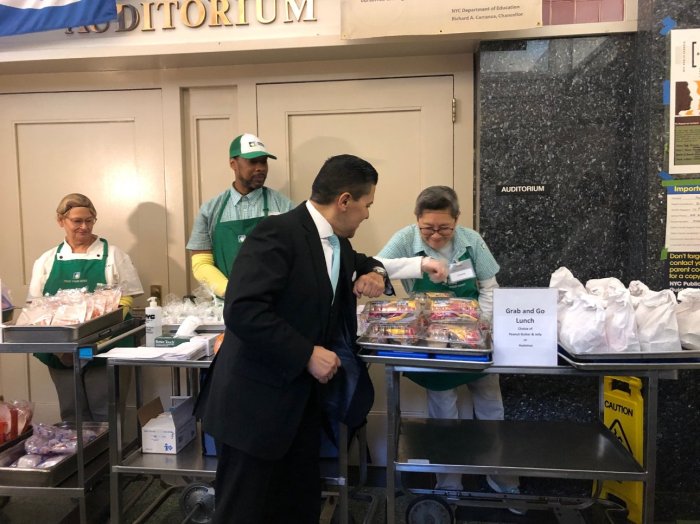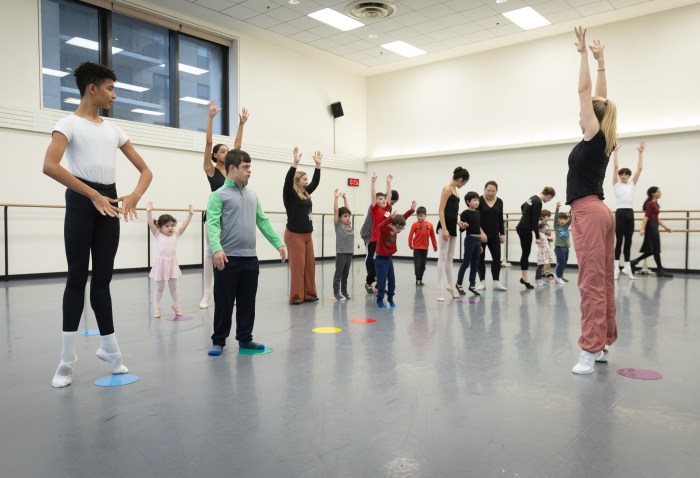Within 14 days of the first official COVID-19 case in New York City, Mayor Bill de Blasio begrudgingly ordered a system-wide shutdown of the city’s 1,800 public schools days amid a state of emergency.
At the time, de Blasio said that he worried the schools would not reopen during the school year if he had them shut down. Initially, he ordered schools closed — and all instruction shifted online — through late April 2020, but as it turned out, his first instinct was correct. The schools did not reopen their buildings for the remainder of the 2019-20 year.
Shifting all public school instruction to remote learning proved a vast challenge for the city within the ever-growing health crisis. Many students struggled with the transition to remote and those that had access to devices such as laptops and devices and stable WiFi found it difficult to engage in online classes.
Those that were not so lucky, like the city’s over 100,000 homeless students, bore the brunt of a crisis that worked to widen already existing disparities in the city.Many of those students, were unable to log onto classes at all or have a signal strong enough to view their Zoom classes.
Eventually, the DOE would order hundreds of thousands of iPads to ensure that all students could log onto their online classes. In the spring, the department distributed over 321,000 iPads to students and would go on to order 100,000 in the fall as the fight to connect every student continued and still remains an issue nearly a year after schools shuttered their doors.
After the first school year amid the pandemic came to a close, city officials announced plans for a hybrid learning model in the fall that would allow students to either continue to take their classes fully remote or come to return to school for some days of the week.
To nearly every New Yorkers’ amazement, Mayor de Blasio and Schools Chancellor Richard Carranza were able to pull it off. Schools reopened in September despite concerns over health and safety and severe teacher shortage caused by the model.
Due to numerous concerns and requirements placed by the city’s teacher union, the United Federation of Teachers, to reopen schools, de Blasio had to delay the start of the fall school year twice before the city’s youngest learners and those with the most severe disabilities were allowed to go back into classrooms. Eventually, elementary, middle, and high school students enrolled in blended returned to schools in phases.
Throughout the summer and early fall, de Blasio repeatedly told New York City public school parents still unsure if they wanted to send their children back into classrooms that they would be given multiple opportunities throughout the fall to opt-out of fully remote learning and into blended.
But parents, who by the time September came were already disillusioned with the mayor and chancellor’s handling of schools, were dealt another blow when officials suddenly announced that they would be given only one more chance to enroll their child in blended learning during the 2020-21 school year.
The about-face in policy was an effort to boost lower than expected enrollment numbers in the hybrid model. Data revealed that only roughly 280,00 children had attended in-person classes since schools reopening in the fall which fell far short of the mayor’s projected 700,000.
As officials grappled with the existing difficulties of a hybrid system, new COVID-19 cases began to climb across the five boroughs during the pandemic’s second wave. As part of Mayor de Blasio’s state-approved reopening plan, if the overall COVID positivity rate based on a seven-day rolling average reached 3% all public schools would again shut down.
In mid-November, the positivity rate reached 3%, interrupting the education of the just under 300,000 blended learning students then forced into remote-only classes. Although officials had already closed and reopened schools once before, officials did not have a plan in place to reopen schools en masse for a second time — with de Blasio only able to say that COVID-19 testing would play a much bigger role the second time around.
By the first week of December, some students — 3k, Pre-K and District 75 students and those in grades one through five — returned to classrooms again. Prior to the second system-wide closure, schools were required to randomly test 20% of all students and adults in school buildings. Upon their return, again, to schools students were required to submit a COVID-19 testing parental consent form. But the status of middle and high schools remained unclear until after the new year.
Carranza and the mayor said that they hoped to reopen middle schools after the winter holiday. But officials did not announce plans to bring back the over 60,000 middle school students enrolled in blended learning into early February. Middle school students did return to in-person instruction on Feb. 25.
Although students are a month into the spring semester, the future of high schools still remains a mystery as the city works towards a fully reopened school system by September.
Late February, Carranza abruptly resigned citing the need to grieve the loss of 11 family and close friends to COVID-19 as the reason for his departure announcing Bronx superintendent Meisha Ross Porter would take his place, the first Black woman to hold the position in the city’s history. During the announcement, Porter said that the city is “ready to go” on reopening high schools.
With a vaccine now in place and being distributed en mass across New York City, the Department of Education and the mayor are now developing a plan for the next school year in September. As de Blasio has said, he hopes it will resemble a more normal school year like the ones students experienced before the pandemic — with children and teachers in the classroom throughout the year, learning with each other.



